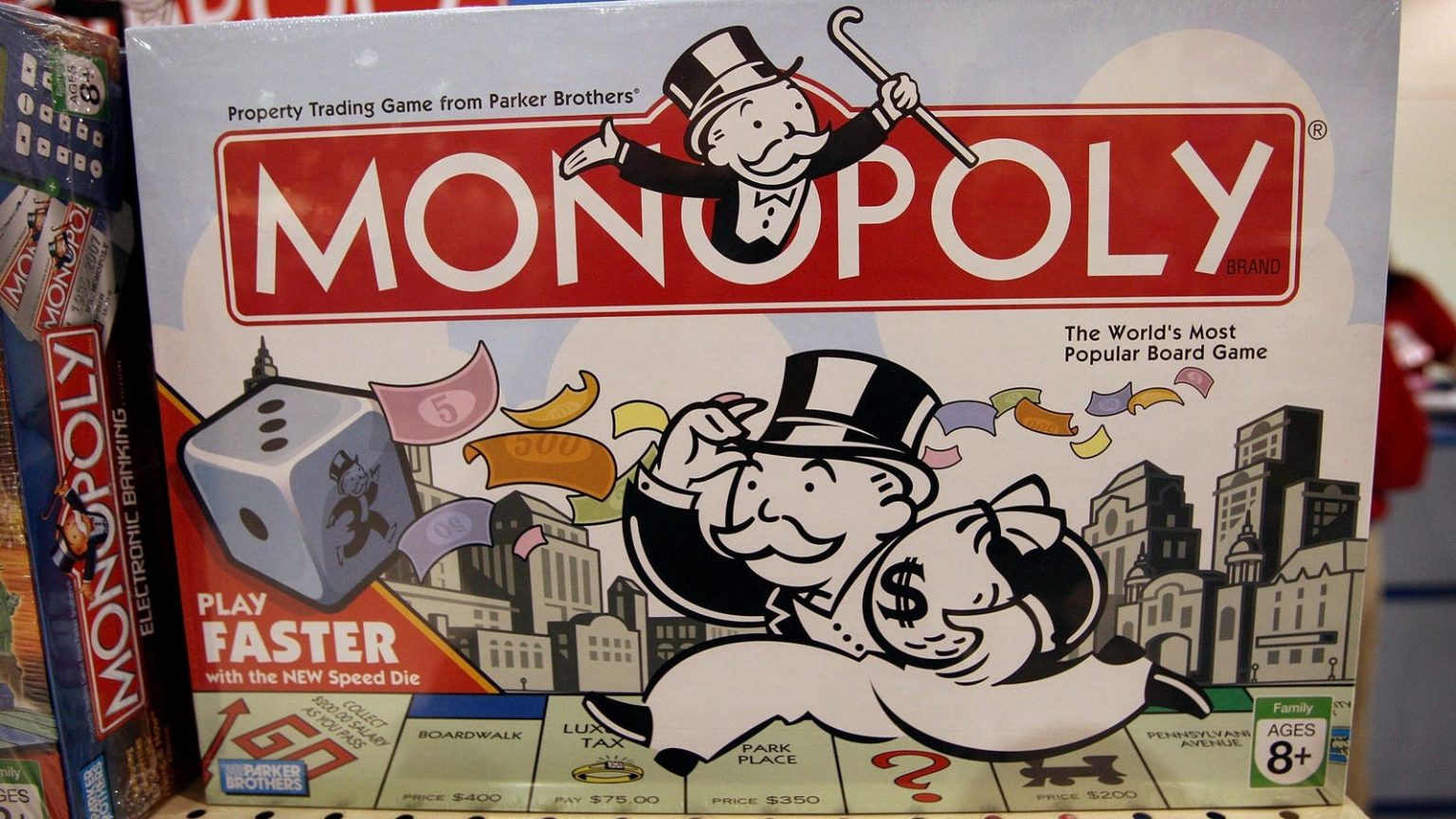Hasbro executives tried to put a positive spin on their 2023 results, released today, saying steep revenue declines reflect costs associated with its efforts to transform itself into a leaner, more focused, and more profitable toy company.
The toy manufacturer reported fourth quarter sales of $1.28 billion, down 23% from the previous year, below analysts expectations. Full year sales of just over $5 billion, were down 15% from 2023. Adjusted earnings of 38 cents per share were below analysts’ expectations.
The company also has a fairly pessimistic outlook for this year, saying they expect industry-wide toy sales to be down significantly again in 2024, and that its consumer products segment – which is its core toy business – will be down 7 to 12%.
Hasbro said it expects the toy industry to return to growth in 2025.
Investors reacted by sending Hasbro’s stock down by more than 10% in pre-market trading. After the market opened the stock recovered a bit, but remained down by more than 5% for most of the morning.
The stock was at $47.74, down just under 7% from the previous close, at 11:30 a.m.
While 2023 has been a tough year for the toy industry as a whole, as stores continued to sell off leftover 2022 inventory at deep discounts, Hasbro faced additional challenges as it executes a turnaround plan.
Hasbro CEO Chris Cocks, on a conference call to discuss the results, said Hasbro is focused on its long game.
“Turnarounds take time, and for our toy business we’re still in early innings,” Cocks said on the call.
Cocks noted that for more than a year Hasbro’s strategy has been to “refocus on play.” It sold off its entertainment production unit, eOne, and has doubled down on concentrating on its most profitable core brands. It also enacted cost cutting measures, including laying off more than 1,000 employees.
Hasbro’s turnaround strategy, Cocks said, is “fewer, bigger, better” – “fewer SKUS that drive higher impact, bigger investment behind winning brands and more focused categories, and better innovation.”
While the overall industry struggled in 2024, Hasbro clearly had a worse holiday season than its top competitor, Mattel
MAT
“They no doubt lost market share last year,” Zahn said. “While Hasbro sales declined in Q4, Mattel saw a spike. It’s an issue that Hasbro leadership is very much aware of and addressing,” he said.
Mattel last week reported that its sales were up 16% in the fourth quarter, (14% in constant currency) at $1.62 billion. Mattel’s full year sales were down 1% in constant currency, at $5.44 billion. Mattel’s stock was down just over 3%, at $18.59, as of 11:30 a.m. today.
“Hasbro got hit with a barrage of challenges that were a bit above and beyond what the greater toy industry was facing,” in 2023, Zahn said. “The company had to finish offloading eOne and take the final hit from that,” he said.
Hasbro also had to clear out a tremendous amount of excess inventory, Zahn said. “We saw it show up in the value channel last fall,” he said. “Off-price retailers including Ollie’s, Ross Dress for Less, Marshall’s, T.J. Maxx and Burlington had top-quality Hasbro products for pennies on the dollar during the holiday season.”
While that helped Hasbro reduce inventory, Zahn said, “it may have created a situation where it was temporarily competing with itself as consumers could find $25 toys for $3.99 to $5.99 in the value channel.”
A bright spot for Hasbro, Zahn said, is that the company now has an opportunity “to refocus on the core business that made it great – toys and games.”
Hasbro, he said, has done a good job recently of relaunching brands like G.I Joe, and in promoting the iconic Transformers brand, and in capitalizing on the strength in the games category. But he cautioned that in addition to leveraging its classic brands, Hasbro will need to develop “a steady stream of new and innovative products.”
If the company can also develop “new, original brands that families haven’t seen before, they can focus on renewed growth in 2025 and beyond,” Zahn said. “But they need to be nimble and quick to pivot if things are working and be mindful of overproducing product,” he said.
Read the full article here





